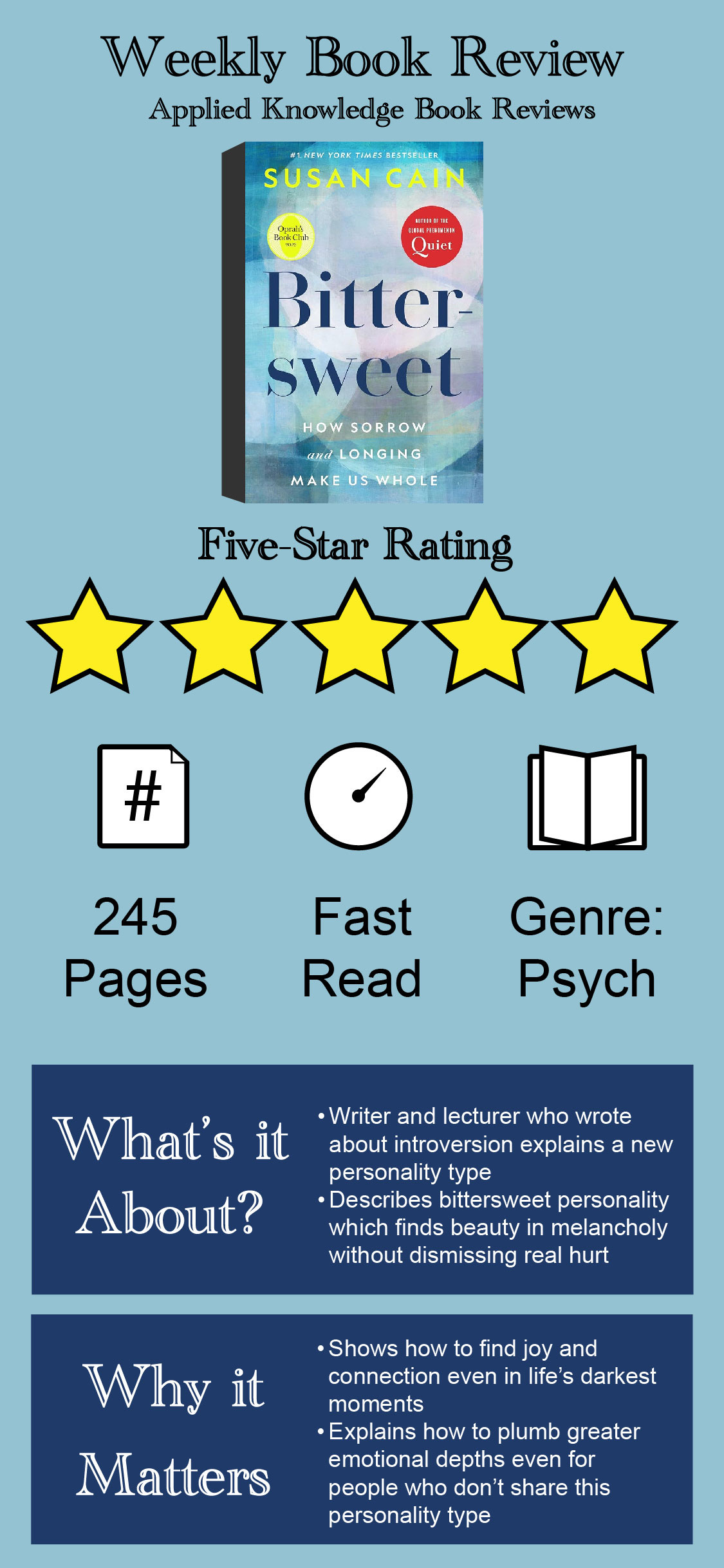Are You a Bittersweet Person? How to Know If You See the World This Way
Susan Cain's book, Bittersweet, explores a sensitive personality type that finds great beauty in deep sadness.
In 1992 during the bombing of Sarajevo, a cellist sat in the ruins of a diner and played once a day for 22 days, one for each of the people who had been killed in the attack. It was a tribute to the lost lives and a stubborn defiance of the inhumanity of the active warzone around him.
But what is the name of the feeling that describes finding scenes like that beautiful? Susan Cain’s answer is ‘bittersweet’, the title of her book and the name she gives to the complicated feeling of embracing beauty in sadness. The Sarajevan cellist opens her book, and her introduction describes the bittersweet personality:
“This book is about the melancholic direction, which I call the ‘bittersweet’: a tendency to states of longing, poignancy and sorrow; an acute awareness of passing time; and a curiously piercing joy at the beauty of the world.”
The bittersweet feeling may sound abstract, but many will recognize the type of person from a concrete example.
What a Bittersweet Person Looks Like
As Cain was giving interviews about Bittersweet, a young woman wrote a blog post about her own bittersweet personality. She recalled her grandfather’s funeral, remembering it as one of the times the people around her were the most emotionally honest and united behind the common purpose of mourning her grandfather. The combination of vulnerability, honesty, and common humanity touched her, and she continues to look for ways to recall that experience without the grief:
“My affinity for serious movies and thought-provoking novels is all an attempt to recreate the beauty of my life’s most honest moments. I recognize that, in order to function in society, we cannot all walk around with our hearts constantly overflowing, so I visit these moments in my mind, re-experience them through art, and appreciate the occurrence of new, utterly vulnerable moments when they come.”
The bittersweet personality lends itself to emotional honesty. When someone is able to see both the hardship someone is going through and the moment of unity that interrupts the sad response to tragedy, it gives them a way to connect on a deeper level with people who are pretending they’re happy but really have something troubling on their mind.
The bittersweet person still has to be actualized enough to toggle between fun memories and deep issues, but an awareness and appreciation of both layers simultaneously is a first step to develop that comforting social skill.
Poignancy — the Point of it All
There’s one feeling that old people are particularly prone to and one that’s particularly strong with bittersweet personalities: poignancy. Poignancy is a deeply touching feeling that can bring people to tears. Bittersweet personalities feel poignancy often in small moments, as one psychologist described to Cain:
“Poignancy, she told me, is the richest feeling humans experience, one that gives meaning to life—and it happens when you feel happy and sad at the same time. It’s the state you enter when you cry tears of joy—which tend to come during precious moments suffused with their imminent ending.”
Cain gives the example of a child playing in a puddle as a poignant moment for bittersweet people. The child’s play is set to end once he goes inside, and the joy is a simple one that won’t satisfy the child as he ages. Temporary joys make their sad endings inevitable, but the inevitability makes it an even more beautiful moment.
Bittersweet is an exploration of a personality type that defies simple descriptions. If you know someone in your life like this, this book will help you understand them better.
And if you’re like me and score high on the bittersweet quiz Cain includes at the beginning of the book, you’ll understand why you see the world the way you do.


